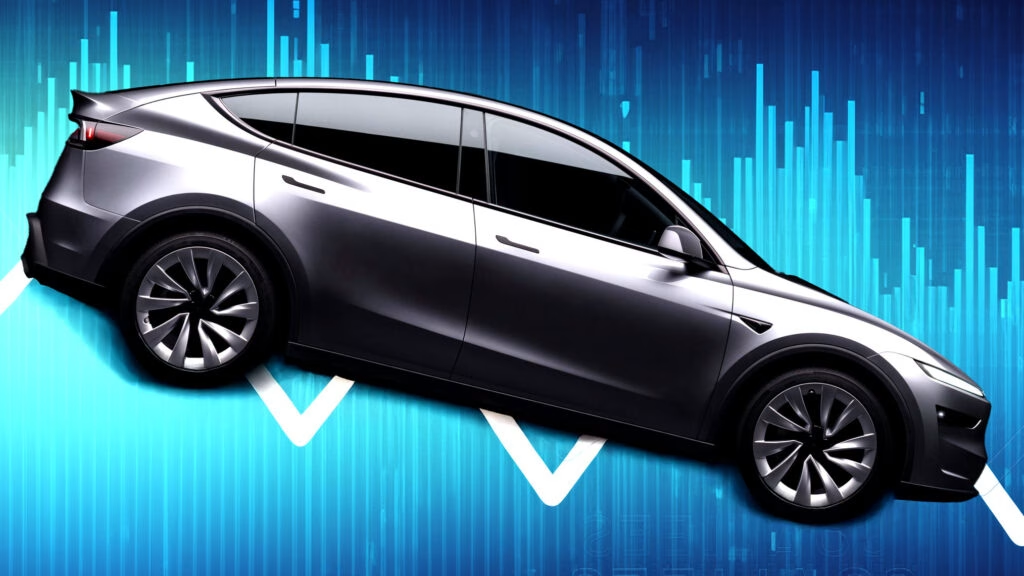Tesla’s recent sales figures in Europe are raising eyebrows and sparking conversations among automotive enthusiasts and industry analysts alike. The numbers tell a stark story: sales have plummeted significantly across several key markets, and the trend shows no signs of reversing. Let’s dive into what’s happening, why it matters, and what it could mean for the future of electric vehicles in Europe.
### Why Are Tesla’s Sales Dropping?
In April, Tesla experienced a staggering 80.7 percent drop in sales in Sweden, alongside declines of over 50 percent in France and Denmark. These figures are not just blips on the radar; they mark the fourth consecutive month of declining sales for the electric vehicle (EV) giant in Europe. The Model Y, Tesla’s flagship vehicle, recently underwent a refresh, but this update has not been enough to halt the downward spiral. In France, for instance, deliveries fell by 59.4 percent, with only 863 vehicles sold, while Denmark reported a 67.2 percent decrease, totaling just 180 cars for the month.
### The Bigger Picture: Market Trends and Competitors
The broader trend is concerning. Tesla’s overall sales in Europe dropped by 28.2 percent in March, and preliminary data for April suggests even worse outcomes. In Norway, a key market for EVs, Tesla’s market share has dwindled from 18 percent to just 11 percent compared to the previous year. Meanwhile, Chinese automakers are gaining traction, capturing 12 percent of Norway’s EV market. This shift indicates that Tesla is not just facing a temporary setback but is potentially losing its foothold in a rapidly evolving market.
### What’s Behind the Decline?
Several factors contribute to Tesla’s current predicament. While the company initially attributed its poor performance to production changes related to the Model Y, this explanation falls short for European markets, which received the updated model earlier this year. The competition is fierce, with rival brands and Chinese manufacturers offering more affordable options that appeal to budget-conscious consumers. Additionally, Elon Musk’s political views have alienated some potential buyers in Europe, further complicating the brand’s image.
### The Road Ahead: What Will Tesla Do Next?
As Tesla grapples with these challenges, the question on everyone’s mind is: what’s next? The company has stated that production slowdowns from the first quarter are behind them, but if sales continue to decline, it may need to reassess its strategies. Will Tesla pivot on its public statements about seeking a new CEO? How will it address the sales slump, especially with the Model Y struggling despite its recent refresh?
It’s a critical moment for Tesla, and the decisions made in the coming months could shape the future of the brand in Europe. The company must innovate and adapt to regain its competitive edge, or it risks losing more ground to emerging players in the EV market.
### Final Thoughts
Tesla’s sales decline in Europe serves as a reminder of the volatile nature of the automotive industry, especially in the burgeoning EV sector. The big takeaway? Success isn’t just about having a great product; it’s about understanding market dynamics and responding to consumer needs. Whether Tesla can navigate this storm and emerge stronger remains to be seen, but one thing is clear: the landscape of electric vehicles is changing rapidly, and adaptability will be key to survival.

